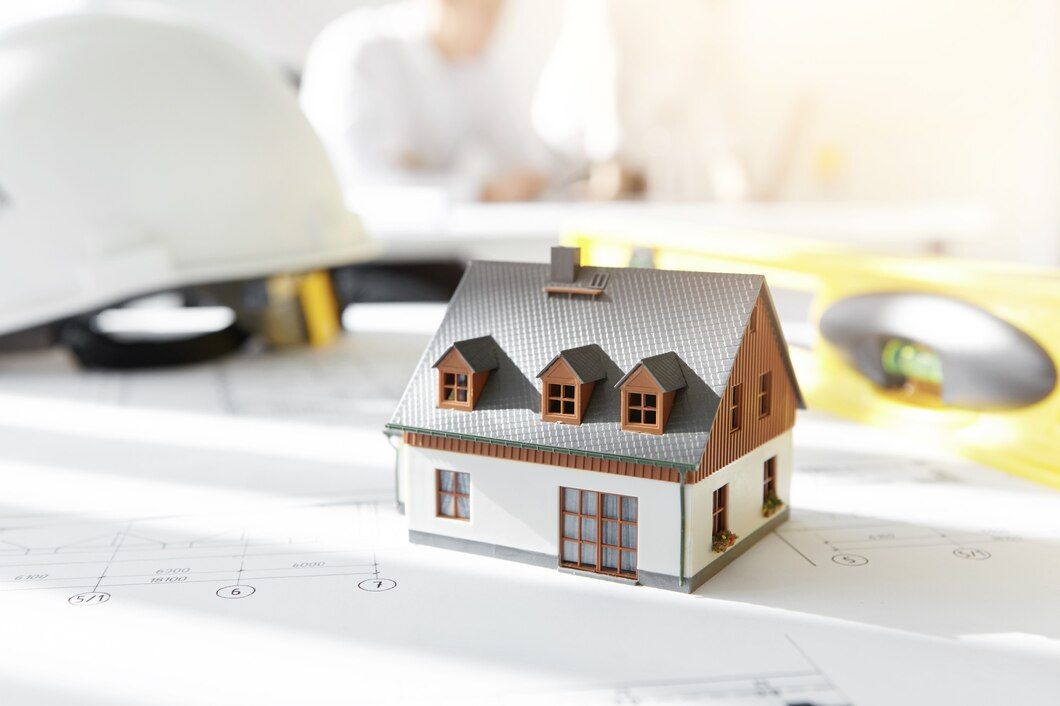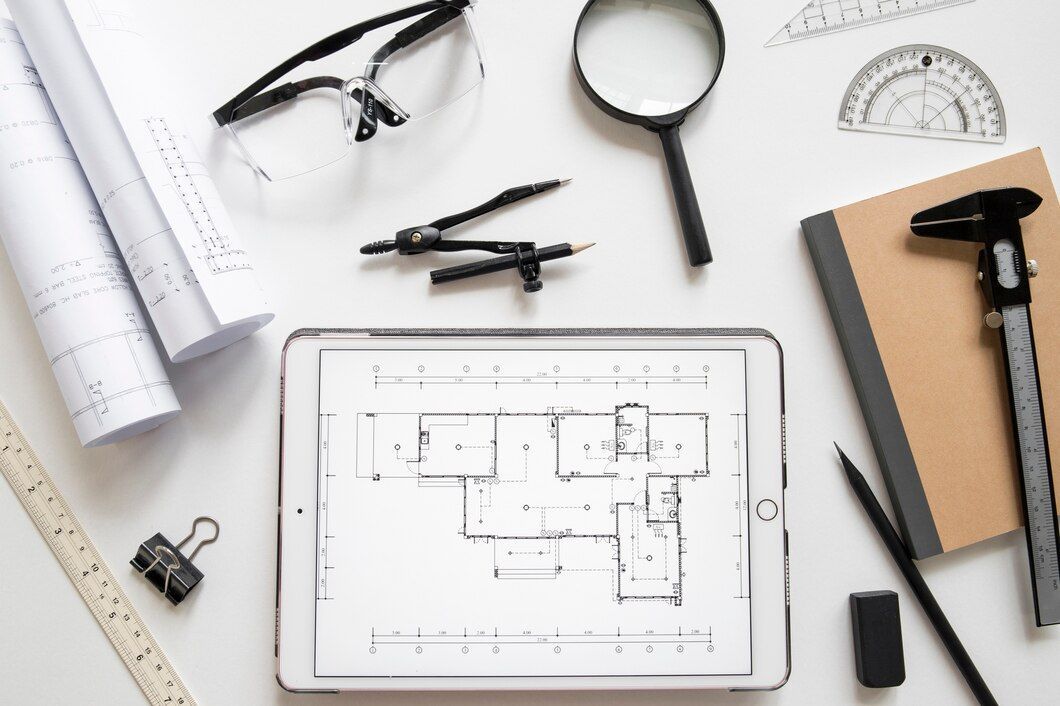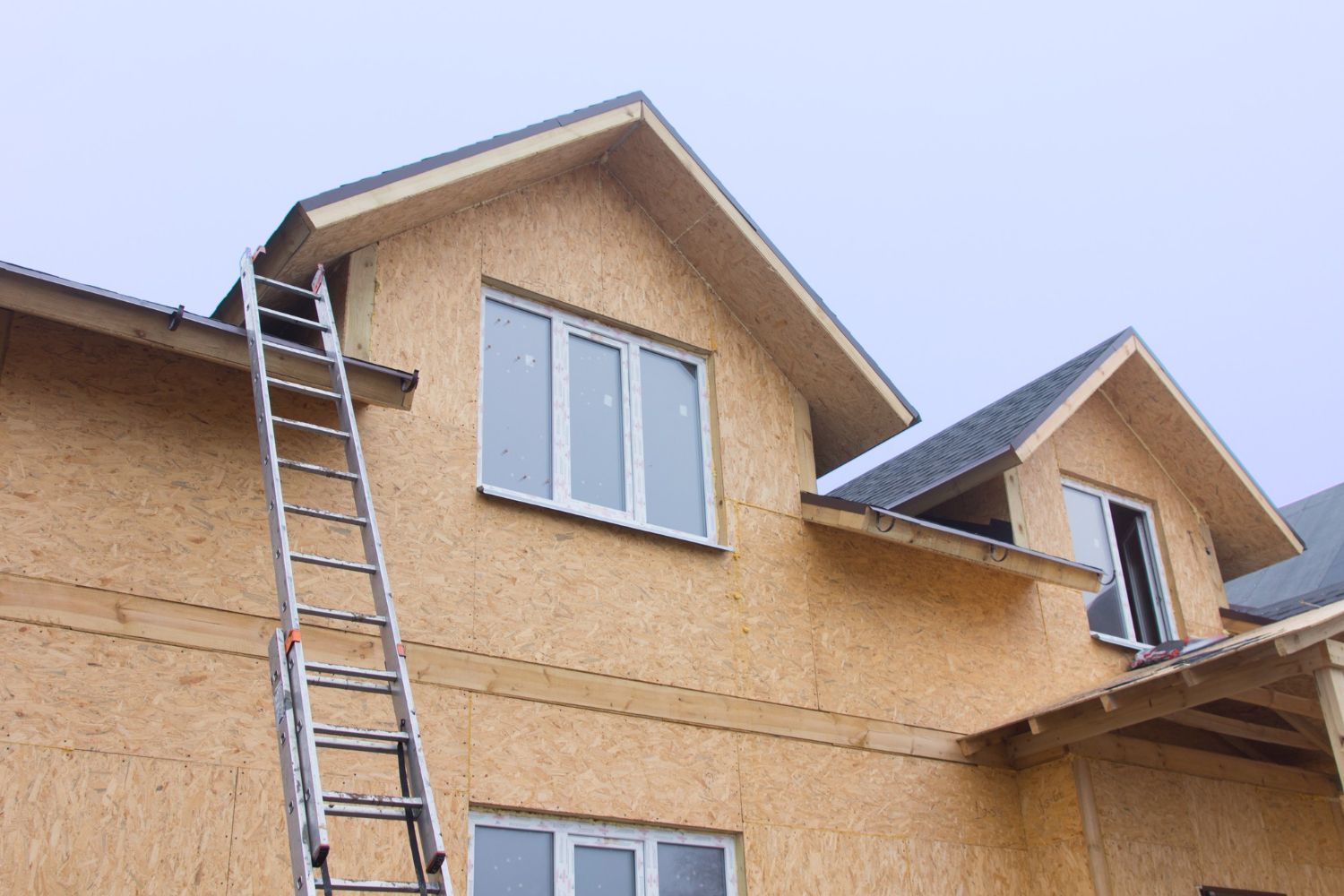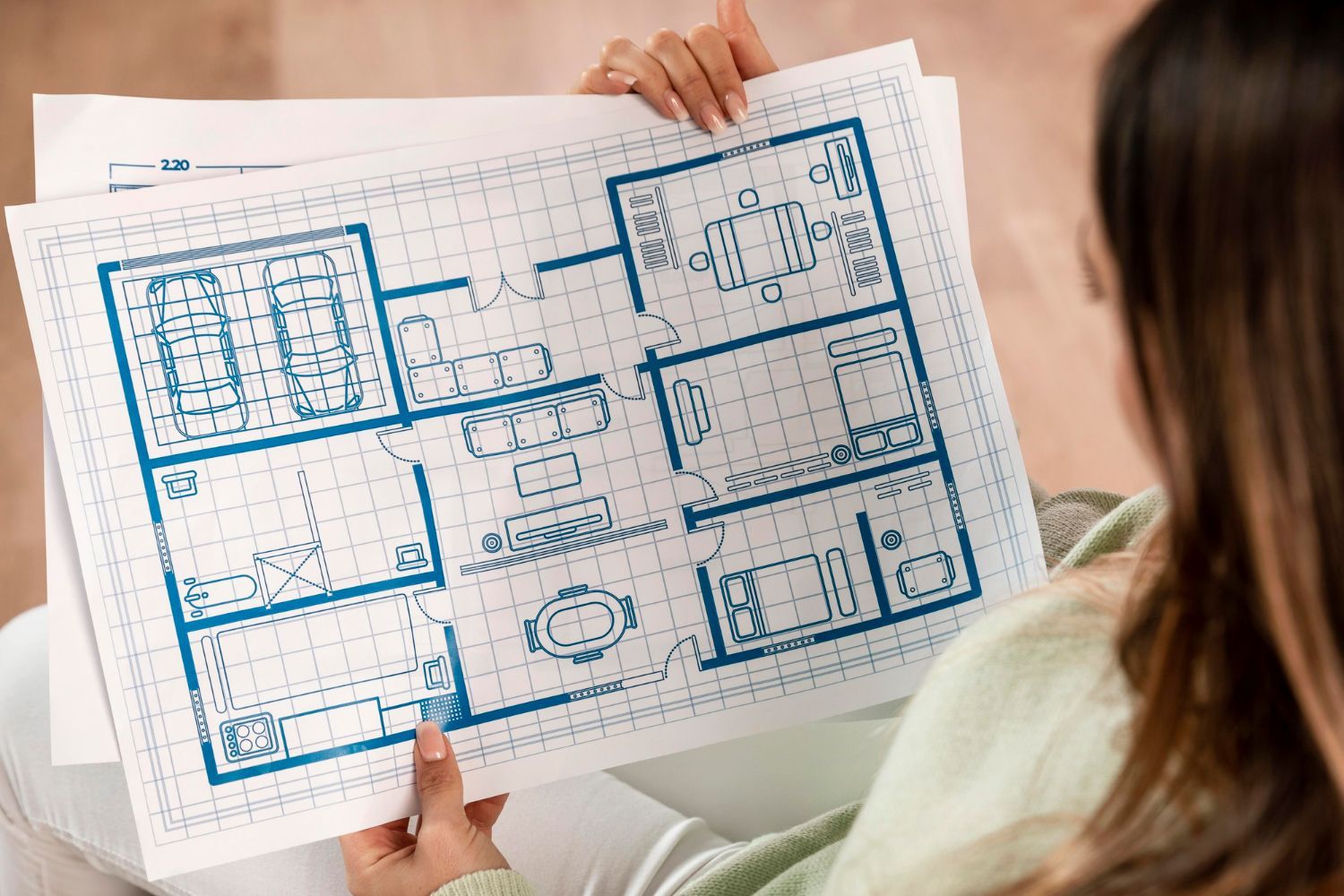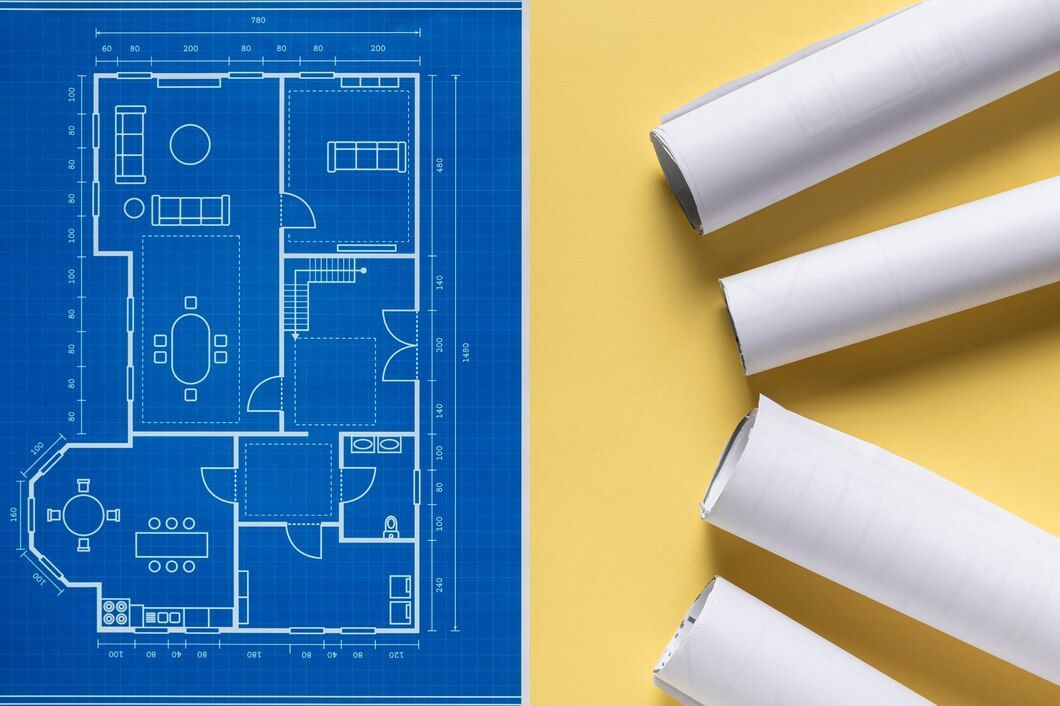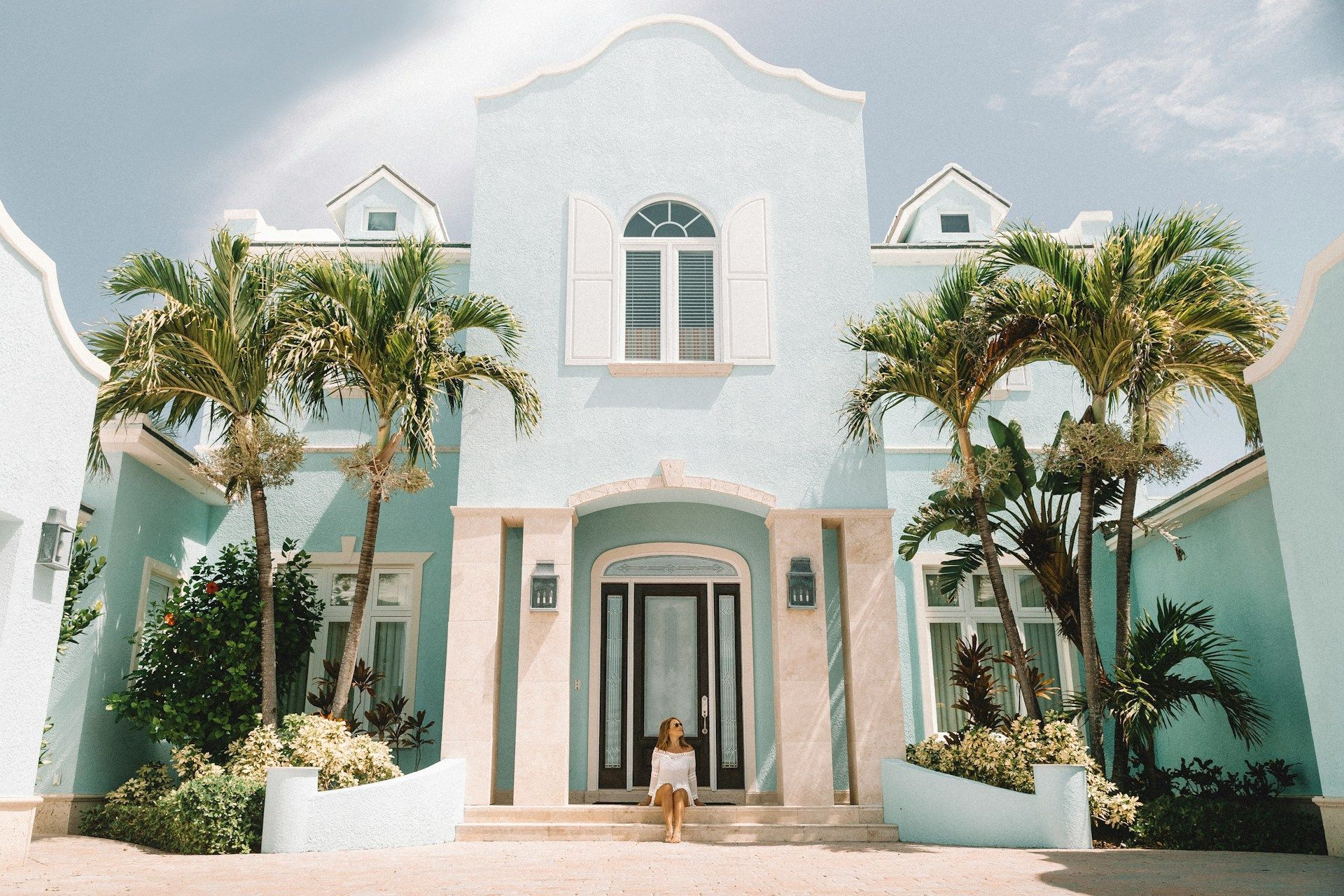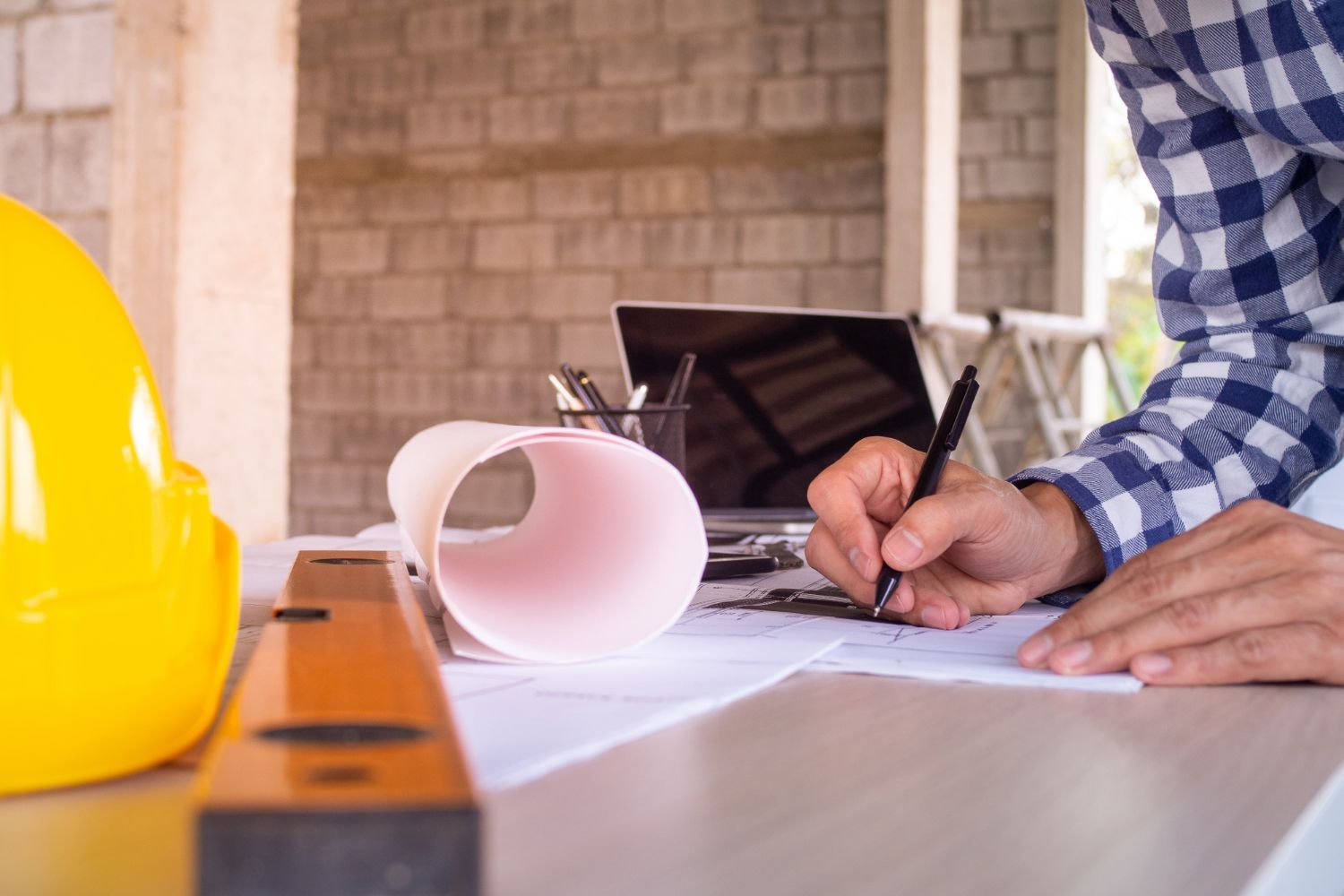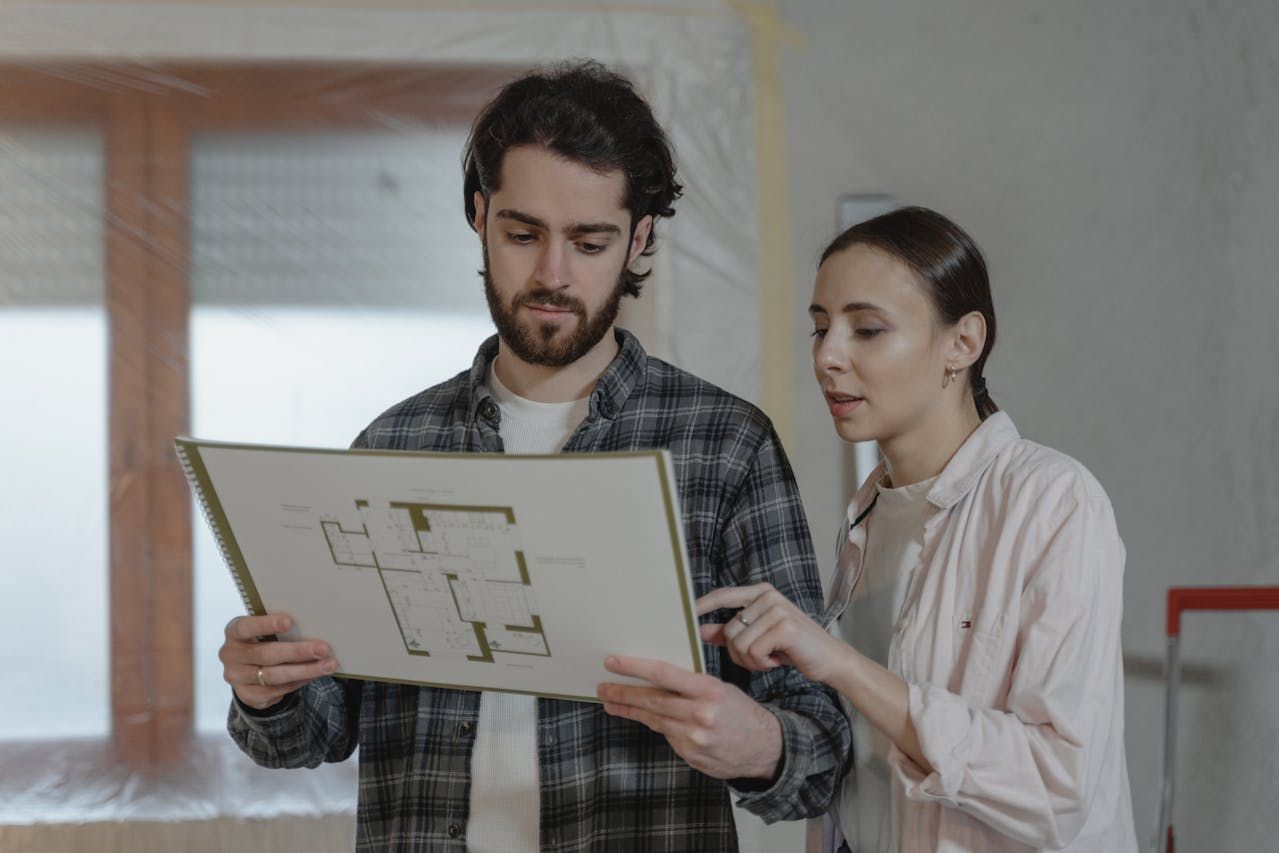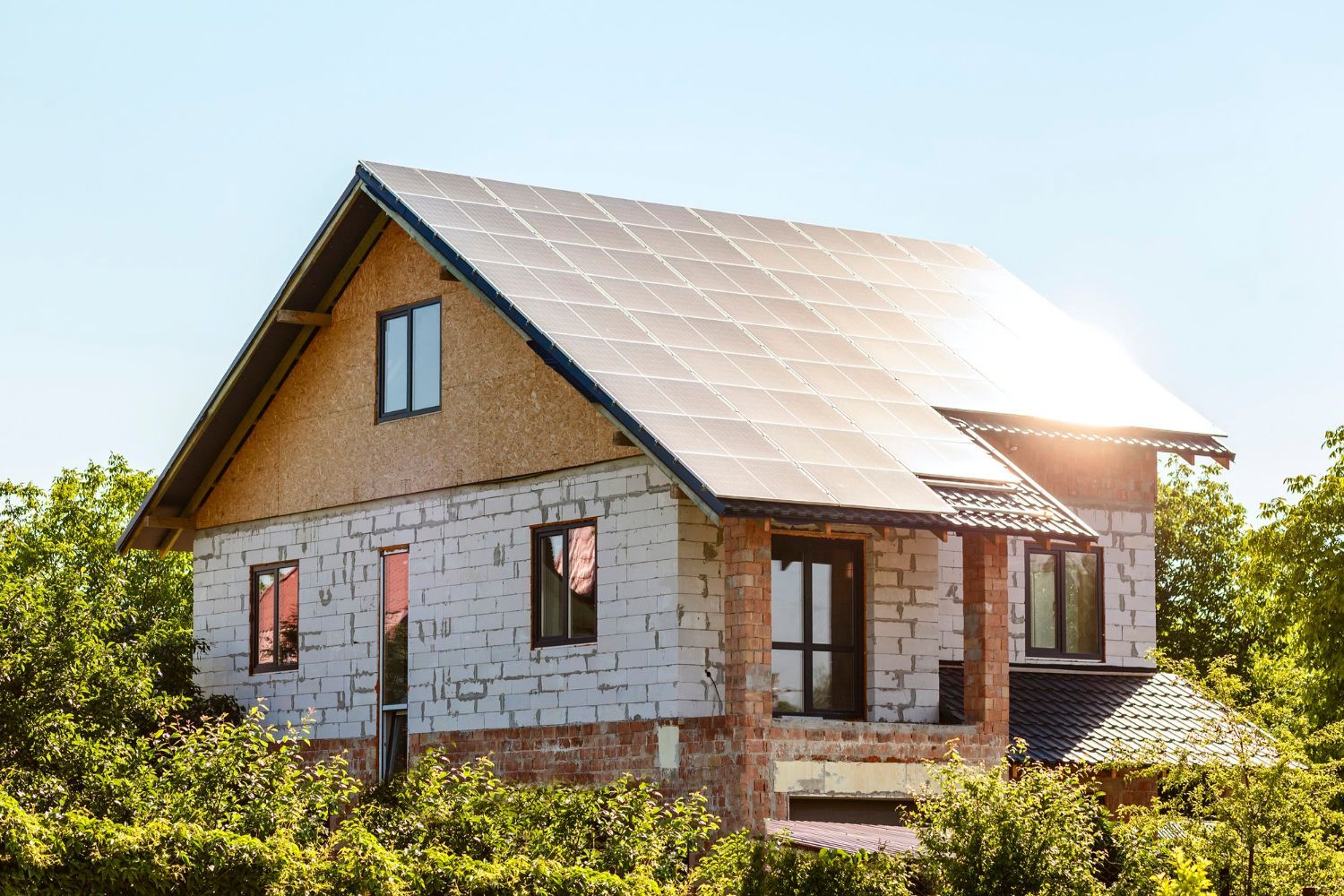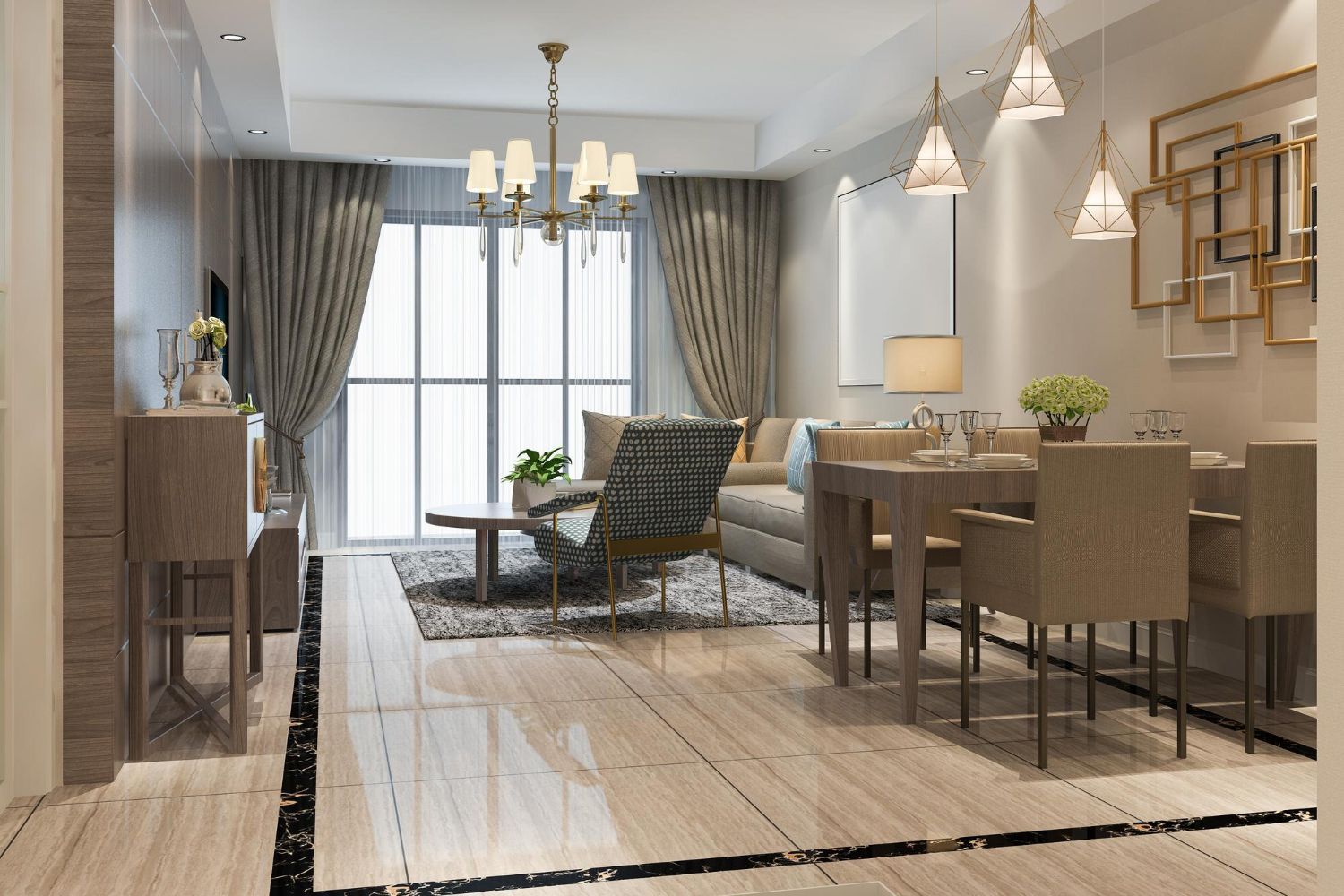541-815-0855
custom@mhbi.us
Sustainable Building Practices for Custom Homes in Bend, Oregon: Embrace Eco-Friendly Living and Minimize Your Environmental Impact
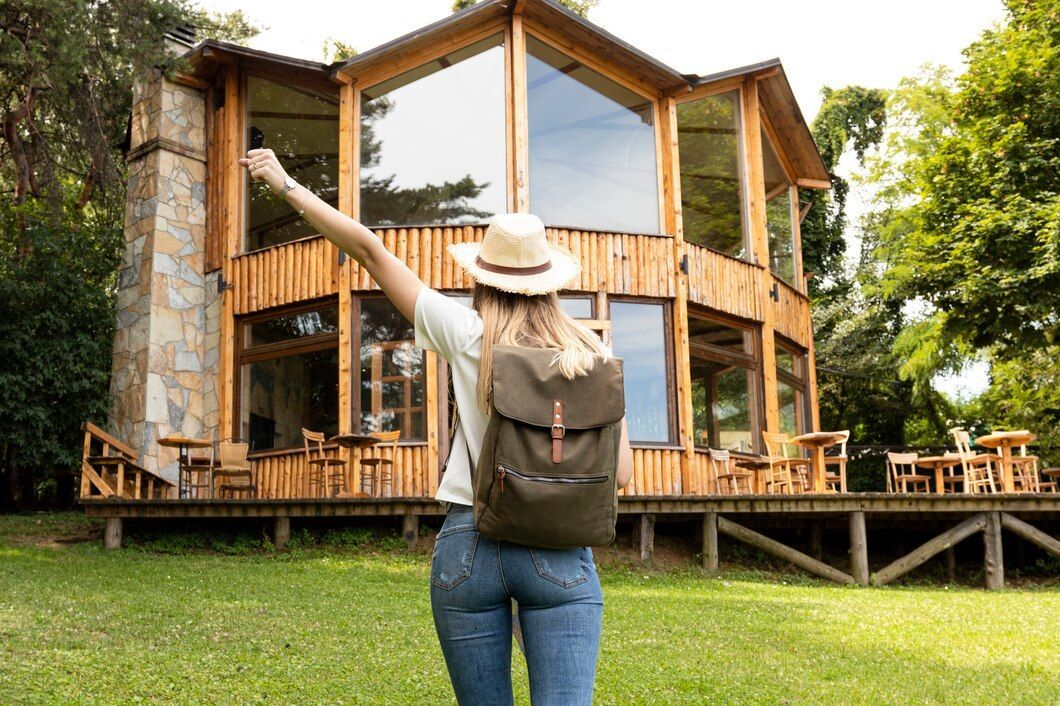
As awareness of the impacts of human activities on the environment grows, homeowners and builders alike are increasingly seeking to minimize their ecological footprint and embrace sustainable building practices. Building a custom home in Bend, Oregon, presents the perfect opportunity to integrate environmentally responsible materials, design principles, and technologies that promote energy efficiency, resource conservation, and overall sustainability.
In this article, we will explore the key aspects of sustainable building practices and how implementing these principles in your custom Bend, Oregon home can contribute to a greener, more environmentally-friendly living space. With a focus on durability, energy efficiency, and responsible material usage, we aim to provide a comprehensive understanding of sustainable building practices and inspire you to consider incorporating these practices into your custom home project.
The Foundations of Sustainable Building Practices
When considering sustainable building practices for your custom home in Bend, Oregon, it's crucial to understand the fundamental principles that guide eco-friendly construction. These foundations include:
1. Energy efficiency: Prioritizing energy-efficient design, insulation, appliances, and technologies to minimize energy consumption and reduce the overall carbon footprint of the home.
2. Resource conservation: Building with materials that have a lower environmental impact, come from renewable sources, or have been recycled, thereby promoting responsible resource usage and waste reduction.
3. Durability and longevity: Creating long-lasting structures that require minimal maintenance and repairs, helping to reduce the consumption of materials and energy associated with maintenance and reconstruction.
4. Indoor environmental quality: Ensuring a healthy and comfortable living environment by using non-toxic building materials, providing adequate ventilation, and employing design elements that contribute to improved indoor air quality.
Energy-Efficient Elements for Your Custom Home
Implementing energy-efficient design elements and technologies in your custom home is an essential aspect of sustainable building practices. Some key factors to consider include:
1. Passive solar design: By considering factors such as building orientation, window placement, and effective shading, passive solar design techniques can optimize natural light, regulate temperature, and minimize energy consumption for heating and cooling.
2. Insulation: Incorporating well-insulated walls, roofs, and windows can dramatically reduce energy loss and improve your home's overall energy efficiency.
3. High-performance windows: Energy-efficient windows help trap heat inside during winter months and keep your home cool during hot summer months, reducing energy consumption and increasing indoor comfort.
4. Energy-efficient appliances and systems: Using energy-efficient products like Energy Star-certified appliances, LED lighting, and high-efficiency heating and cooling systems can reduce your custom home's energy consumption and operating costs.
Eco-Friendly Building Materials and Techniques
Selecting environmentally friendly materials and employing responsible construction techniques are crucial to creating a truly sustainable custom home in Bend, Oregon. Some considerations include:
1. Local and sustainable materials: Sourcing local, renewable, or reclaimed materials can help minimize transportation-related emissions and promote resource conservation.
2. Insulated Concrete Forms (ICFs): ICFs are an eco-friendly construction technique involving lightweight polystyrene foam blocks that interlock to create a tight thermal envelope, resulting in increased energy efficiency and reduced construction waste.
3. Green roofs: Installing a green roof, or a living roof, can provide added insulation and natural cooling while also promoting biodiversity and stormwater management.
4. Low-impact site development: Minimizing site disturbance and implementing erosion control measures can protect the natural environment and reduce the overall impact of construction on the local ecosystem.
Healthy Indoor Living Spaces
A sustainable custom home should provide a healthy and comfortable living environment for its occupants. Key factors to consider when designing a healthy indoor space include:
1. Non-toxic building materials: Selecting low- or no-VOC (volatile organic compounds) building materials, such as non-toxic paints and adhesives, can significantly improve indoor air quality and minimize potential health hazards for occupants.
2. Ventilation and air filtration: Incorporating effective ventilation systems, such as energy recovery ventilators or heat recovery ventilators, can help maintain optimal indoor air quality by reducing humidity, airborne pollutants, and allergens.
3. Daylighting and natural ventilation: Maximizing natural light and ventilation in your custom home design not only aids energy efficiency but also contributes to a brighter and healthier living environment.
4. Plant-based interior design: Incorporating indoor plants can help filter the air, improve humidity levels, and contribute to a healthier and more welcoming living space.
Embracing Sustainability in Your Custom Bend, Oregon Home
Building a sustainable custom home in Bend, Oregon, allows you to create a comfortable, healthy, and energy-efficient living space that aligns with your values and responsibly addresses environmental concerns. By focusing on energy efficiency, resource conservation, durability, and indoor environmental quality, your custom home can promote a better quality of life not only for you and your family but also for generations to come.
Our team of experts at Mountain High Builders is passionate about sustainable building practices and is eager to work with you throughout the design and construction process to create an eco-friendly custom home in Oregon that truly embodies your vision. Contact us today to begin the journey toward your dream sustainable home in Bend, Oregon.
Are you planning to renovate your home?

Mountain High Builders strives to build exceptional homes for our clients, alongside strong relationships that last a lifetime.
Contact us
Phone: 541-815-0855
Email: custom@mhbi.us
Address: Square Loop, 1012 SE
Cleveland Ave #5, Bend, OR 97702
Menu
All Rights Reserved |
All Rights Reserved | Mountain High Builders


